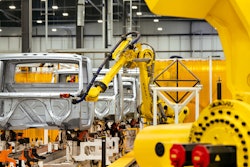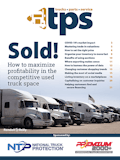Time was, driver pay far outweighed fuel as a fleet’s number one cost. Today, many fleets report that fuel has clearly moved into the lead. So, anything you can do to save fuel will improve your profitability – provided it doesn’t cost more than it saves.
And while there are dozens of ways to improve the fuel economy of large trucks, this white paper will focus on those that relate to tires, because many fleets report that after fuel, tires are their highest non-salary cost.
We’ll look at what Bridgestone has learned over a quarter-century of studying the relationship of tires to large truck fuel economy. And while some things have changed, many have not. Just as trucking is a business of pennies, so is fuel economy. There’s no one single thing you can do to be a financial success in the trucking business, and there’s no one single thing you can do to maximize your fuel economy.
And yet, the good news is, practically everybody can do a better job of getting the most out of every gallon of fuel. It begins with understanding where the energy that moves your trucks comes from – and where it goes. Once you know that, you can work on maximizing your fuel efficiency in everything you do.
It’s a hot topic today, with fuel at unprecedented high prices, but the fact is, even if the price of fuel were to come down, fuel efficiency is still a great way to reduce your operating costs – and enhance your bottom line.
It can be a difficult subject, but a rewarding one too.
Download the white paper – Tires & Truck Fuel Economy: A New Perspective. (file size 5.16MB)







